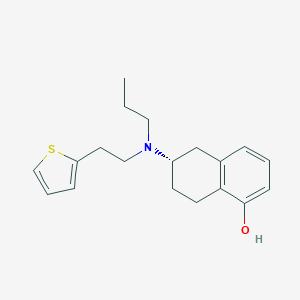Monotherapy in Parkinson's disease
Adult: As patch: Initially, 2 mg/24 hr, increased wkly in increments of 2 mg/24 hr, if necessary. Max: 8 mg/24 hr. Reduce daily dose in decrements of 2 mg every other day until complete withdrawal.
Transdermal
Adjunct to levodopa treatment in Parkinson's disease
Adult: As patch: Initially, 4 mg/24 hr, increased wkly in increments of 2 mg/24 hr, if necessary. Max: 16 mg/24 hr. Reduce daily dose in decrements of 2 mg every other day until complete withdrawal.
Transdermal
Restless leg syndrome
Adult: As patch: Initially, 1 mg/24 hr, increased wkly in increments of 1 mg/24 hr, according to response. Max: 3 mg/24 hr. Reduce daily dose in decrements of 1 mg every other day until complete withdrawal. Assess treatment continuation 6 mthly.




 Sign Out
Sign Out




